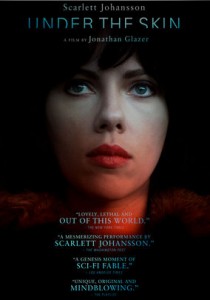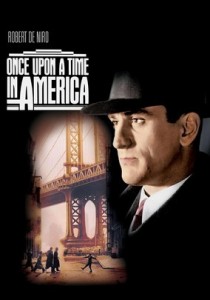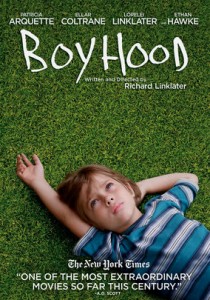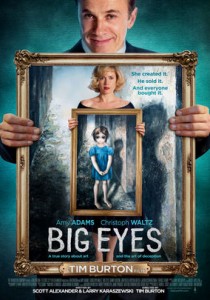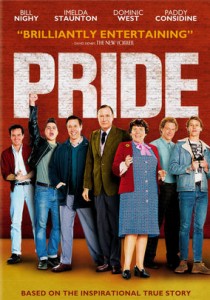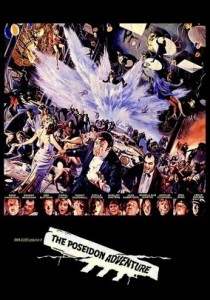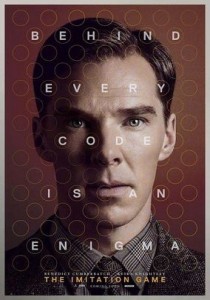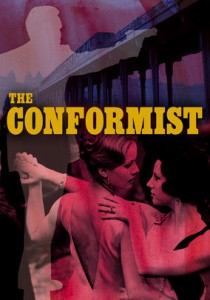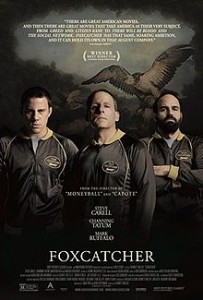Under the Skin-2013
Director Jonathan Glazer
Starring Scarlett Johansson
Scott’s Review #219
Reviewed January 31, 2015
Grade: A
Under the Skin (2013) is a tough film to review- in a word it is mysterious.
The consensus is that people either love the film or hate it- it is one of those types of films. I love it and it appears on many 2013 top ten film lists.
The visual creativity alone astounds me.
To summarize, Scarlett Johansson plays the female alien presumably sent to Earth to meet young men and lure them, using her feminine wiles, into a pool of dark liquid where they are entrapped and subsequently peeled, their skin used for an unknown reason.
The oddity of the story is as appealing as it is confusing, but somehow fascinating beyond belief.
The film is set in Glasgow, Scotland, during present times. The film has a cold, dark tone to it and the city itself seems bleak.
Johansson, in an unnamed role, takes the clothes of a dead human woman and begins traversing the streets of Glasgow, picking up the men as they walk home or go to the grocery store.
She carefully selects men who will not be missed- men who are loners or family-less.
As the film goes along Johansson becomes more sympathetic. She yearns to become a human and to do what humans do- she goes to a diner and attempts to eat a delicious slice of cake and vomits the contents.
She has a strange man on a motorcycle following her, making sure she completes her assigned tasks. Some of these conclusions are surmised as the lack of dialogue in the film adds to the mystique.
A particularly frightening scene, and my favorite in the film, involves the female alien meeting a swimmer on the beach, who is on holiday in Scotland.
Her flirtation with him as she attempts to accost him is thwarted by a family in peril. A father, mother, and infant son are enjoying a day on the secluded beach.
Suddenly, their dog begins to drown as the waves become too intense. The mother struggles in a panic to swim to the dog and rescue it- the father then does the same.
What happens next is very sad and the female alien and the motorcycle man both leave the screaming infant to die without so much as a second glance.
This poses a few questions- are they, aliens, without emotions for human suffering? Do they not care? Do they revel in the misery? Do they simply not realize what is going on? The viewer will ponder these questions and others long after the film ends.
Later, the audience is confused further as the female alien meets a severely deformed man, and they bond as she drives him to, presumably, his death. She loves his hands and is fascinated by his tenderness towards her. As they talk she shows signs of caring for a human being as they begin a sweet friendship.
Why does she bond with this disfigured man instead of the more handsome men she meets? Does she relate to him due to her growing feelings of being a misfit and desiring to be human?
Visually the film is creative. Spellbinding is the sequence involving the men being submerged in the black fluid as they slowly disappear leaving only the skin. Their transformation is slow, methodical, and imaginative and one relishes what is going on.
The score is reminiscent of Rosemary’s Baby (1968) in its eeriness and visually the film must have been influenced by Stanley Kubrick’s 2001: A Space Odyssey (1968).
Under the Skin (2013) is a fantastic journey through a weird, perplexing, sometimes confusing world, but leaves me thinking and glued to the activity onscreen.
It is an art film that breaks barriers and provokes interest and intrigue not catering to mainstream expectations. It is what art films are meant to do- challenge.
More films should take risks like these.
Independent Spirit Award Nominations: Best International Film
